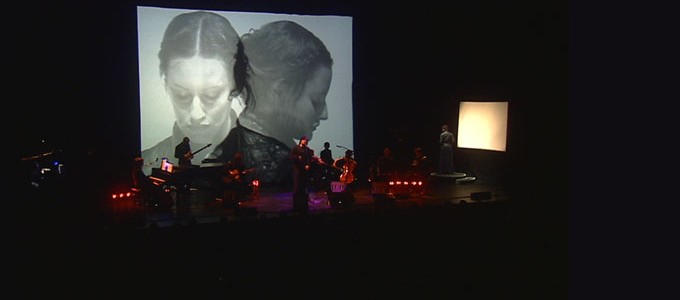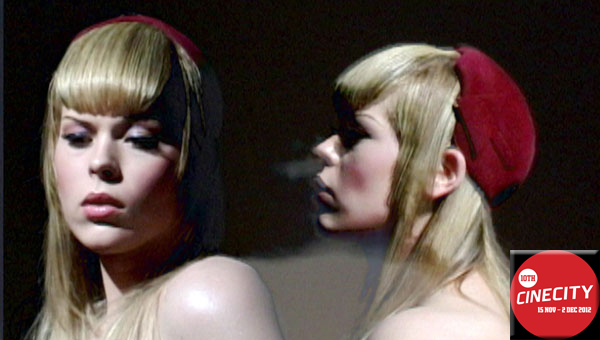 The film TURNING started life as a rockumentary of sorts, as director Charles Atlas chronicled his touring collaboration with the brooding, soulful melancholic New York City band Antony and the Johnsons.
The film TURNING started life as a rockumentary of sorts, as director Charles Atlas chronicled his touring collaboration with the brooding, soulful melancholic New York City band Antony and the Johnsons.
We see behind the scenes of a show which juxtaposes live performance from the band with live modeling by 13 women from the NYC area. Over the 6 years it took for the film to reach its final cut, it evolved into less of a tour diary, and more of an essay on gender roles and androgyny. There is footage of the live performance, with the band onstage, and the girls posing on a turntable at the side, and projected onto 30 foot screens.
They have all emerged from a place of confusion, disenfranchisement or marginalization, to a more positive place.
The bulk of the piece comprises interviews with the women, conducted by Antony. Some are performance artists, some models, others just people known to Atlas and Antony. The women (some transsexual, some transgender, some just at the end of a journey of discovery) all have a story to tell. They have all emerged (and it is this emergence to which the title TURNING refers) from a place of confusion, disenfranchisement or marginalization, to a more positive place.
It’s not all heavy soul-searching and tales of triumph over adversity, however, as we still get to peek behind the curtain, and see the artists preparing for each performance. One particularly bizarre scene shows a group of the women playing the children’s paper-folding game “Heads, bodies and legs” (bizarre when you consider that the participants in the game are either naked, bloodied up like a Clive Barker creature, or wearing an inch thick fascia of yellow paint).
…morphing projections, posing gals and Antony quivering through his songs like a man possessed…
Throughout the film we see Antony and the Johnsons play some of their more well known hits (Hope there’s Someone, Cripple & The Starfish, I Fell in Love with a Dead Boy), and it’s a powerful sight, with the morphing projections, the posing gals and Antony quivering through his songs like a man possessed. The show itself is a beautiful thing to see, but with the documentary aspect included, it makes for a strange viewing experience.
Ultimately, we’re visiting a world not often seen on TV, and anyone who’s not already a big fan of Antony and the Johnsons might find themselves wishing they had Louis Theroux to hold their hand.
httpvh://youtu.be/aBOeHSk-NRc

